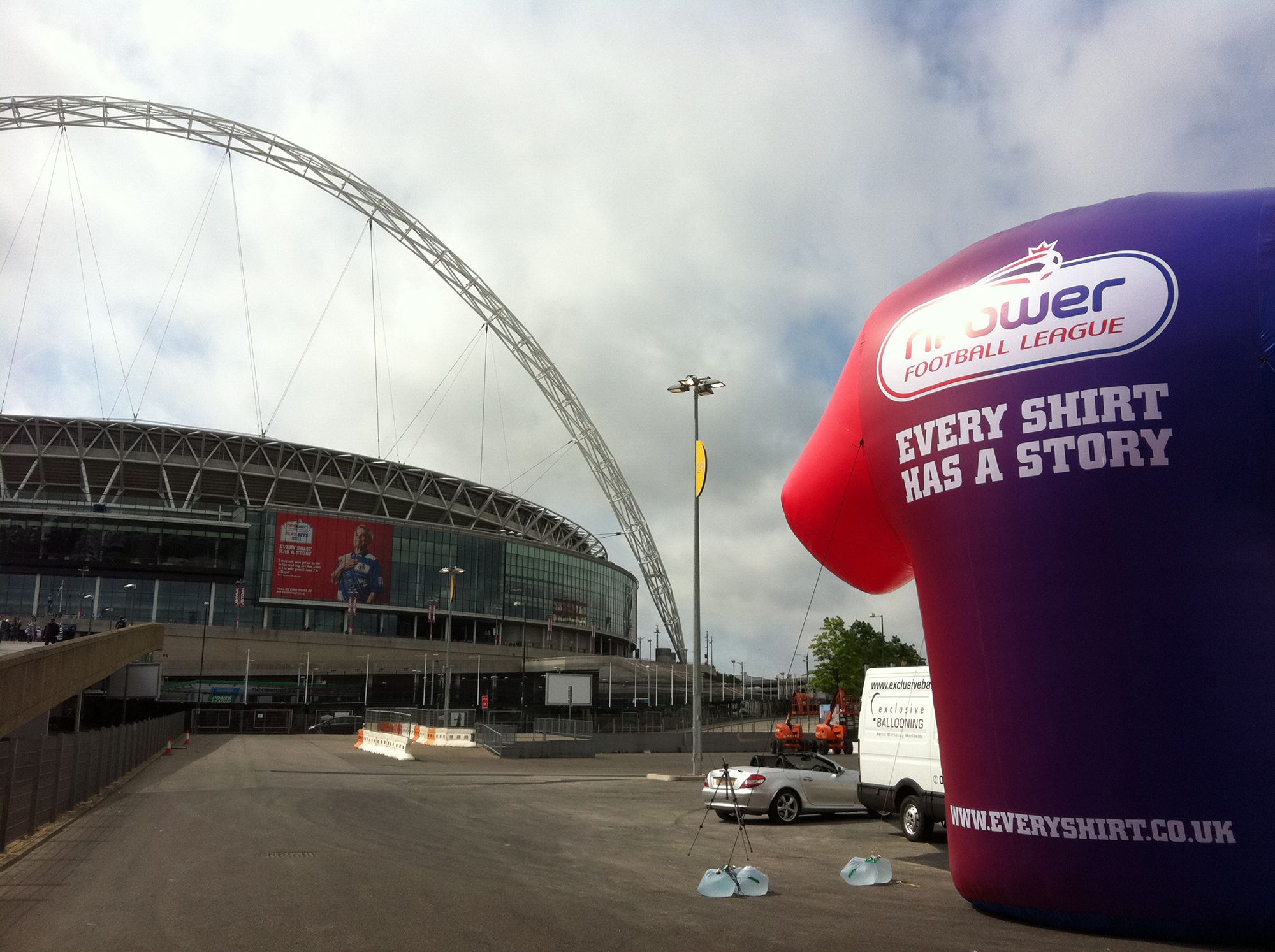Common questions regarding helium
Firstly, if you are thinking about buying one of our helium products the easiest thing is to give us a call and we can talk this through with you.
Tethered blimp flying is governed by aviation law under the Air Navigation Order (CAA CAP393). Provided the blimp falls within the following criteria then there is no immediate reason why you cannot fly the blimp from your premises. Having said that, if your premises for example falls within airspace it is still possible to obtain the relevant permissions to install the blimp and we can help you with this if it is necessary. We can arrange CAA permissions which can allow you to fly higher than 60m and negates any concern over local authority regulations.
There are no specific local authority guidelines on usage and planning permission is not required provided the blimp is removed or moved every 28 days. As a guide we suggest the following safety criteria:
- Minimum 100m proximity to motorways
- Minimum 100m proximity to major national grid power wires
In addition to these safety criteria, you should also consider:
- Directing a CCTV camera at the tether point
- Appointing at least one person who can be trained and responsible for the blimp operation – alternatively blimpx.com offer service contracts
- Ensure the site you plan to fly it from is clear of immediate obstacles – small pylons, mobile phone masts and overhanging roofs etc
- Ensure you have an area to inflate and deflate the blimp – an adjoining car park with twice the blimp size is enough space
- Bad weather storage – although not compulsory, if you have an area (such as an industrial unit) large enough to house the blimp overnight or during bad weather, it will allow you to save money on refilling the blimp
- Electricity point – necessary if you wish to have the internal illumination option
- Major A roads – a safe distance is 150% of the tether line used. For example, if tethering at 50 metres, a safe distance is 75 metres. If tethering at 30 metres, a safe distance is 45 metres.
- Locate a local helium supplier. Alternatively, blimpx.com can supply helium at competitive rates.
- Tether point – this is usually a railing or fixed bracket. You can contact us for more detailed advice.
- Access to the roof by foot if you plan to tether from the roof. If there is a flat roof, inflation and deflation could take place here.
The Air Navigation Order states that a blimp (or other helium shape such as a sphere or cube etc) can be flown without further permission if it is:
- Not above sixty metres from the ground
- Not within controlled airspace
- Operated with the permission of the landowner with a radius of sixty metres

